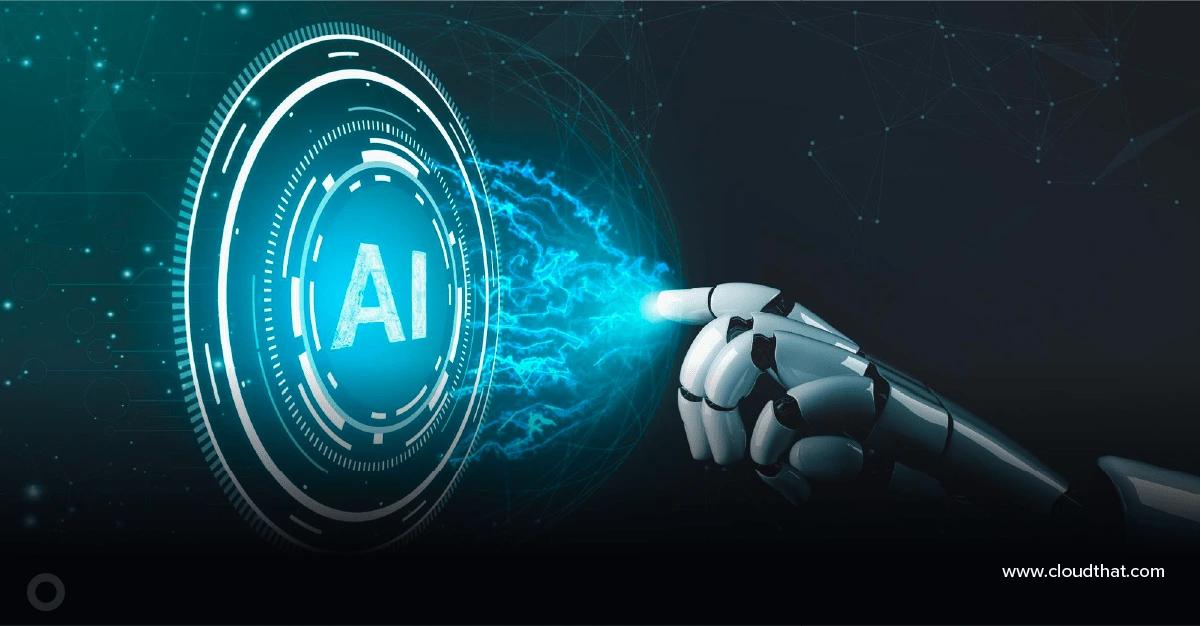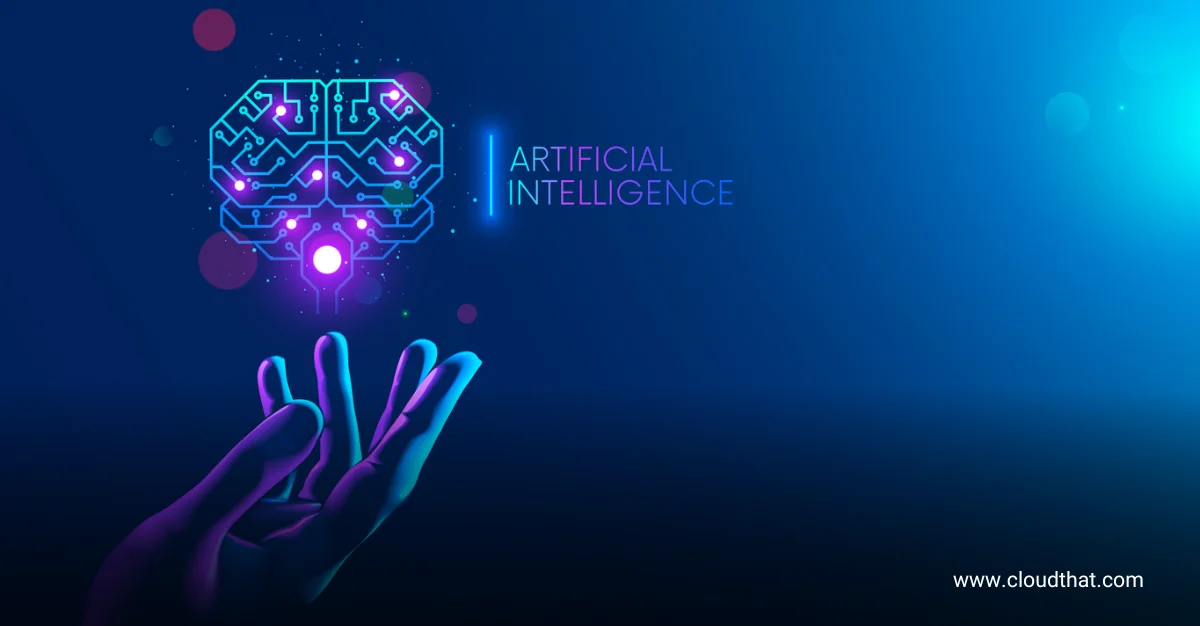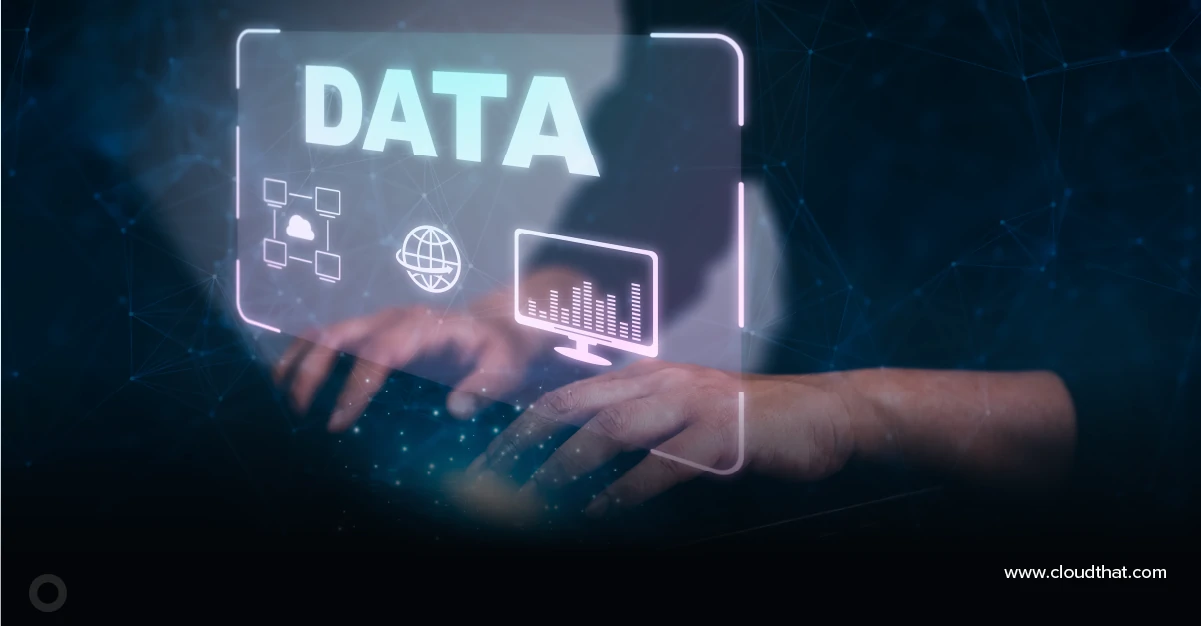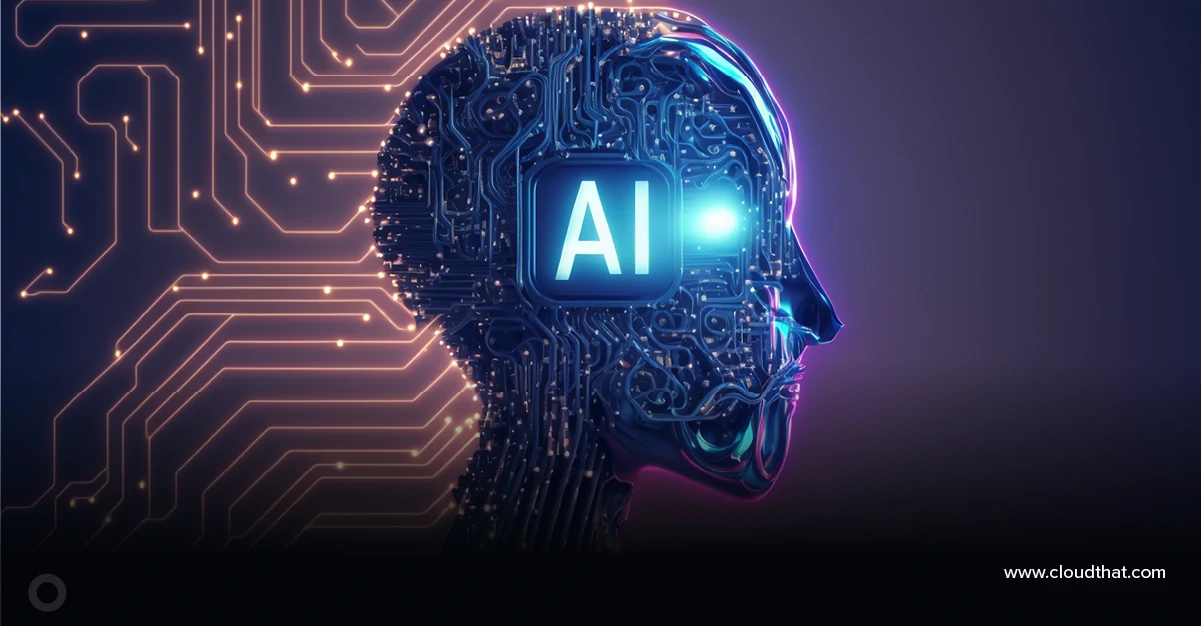|
Voiced by Amazon Polly |
Overview
Artificial Intelligence (AI), especially with the rise of Generative AI and Large Language Models (LLMs), has become a major force in recent years, showing up in everything from work tools to everyday apps. For developers, it’s no longer a question of if AI should be part of their product but how to make it fit in effectively.
Still, plugging AI into external systems and data sources hasn’t been easy. That’s where the Model Context Protocol (MCP) comes in. MCP is an open-source project designed to create a common language for AI systems, particularly those using LLMs. Later in the blog, we will discuss how we can use MCP on AWS.
Pioneers in Cloud Consulting & Migration Services
- Reduced infrastructural costs
- Accelerated application deployment
Understanding MCP
The Model Context Protocol (MCP) offers a unified solution for connecting large language models to external tools and data sources, much like a “universal remote” for AI-powered applications.
Introduced by Anthropic as an open-source standard, MCP builds on function calling but streamlines the process by removing the need for one-off, manual integrations.
- In a traditional setup without MCP, using function calls with an LLM typically involves:
- Writing model-specific JSON schemas describing each function, input parameters, and expected output.
- Implementing the backend logic (handlers) that runs when those functions are triggered.
- Repeating this process separately for every model or platform you want to support.
MCP simplifies this by:
- Establishing a uniform method for defining tools and their capabilities, regardless of the AI system.
- Offering a discovery mechanism so AI models can identify and invoke available tools.
- Enabling a plug-and-play environment where any AI application can tap into external tools without needing custom code for every integration.
MCP’s Value Proposition
The idea behind the solution is to introduce a middle layer that acts as a bridge between AI applications and external systems. This middle layer follows a standardized protocol, meaning that AI systems only need to connect to this single interface to access a wide range of external resources.
Core Components and Architecture of MCP

- MCP Hosts: This refers to the AI-powered application that primarily initiates the connection between LLM and user with an LLM-backed solution, e.g., Chat interface or AI-enhanced IDE.
- MCP Clients: This component, part of what’s known as the MCP Host, is responsible for handling communication through the MCP protocol. It connects indirectly with external systems via the MCP servers to retrieve data or access various tools.
It supplies the MCP servers with capabilities such as:
- Agent-based function execution
- Other interactions involving large language models (LLMs)
- MCP Server: Enhances AI applications by providing additional context and functionality, making specific tools accessible through the MCP protocol. It offers MCP clients:
- Contextual information and external data
- Predefined templates for messages or workflows
- Support for standardized function execution
Importance of MCP on AWS Users
For AWS customers, the Model Communication Protocol (MCP) presents a valuable opportunity. With hundreds of AWS services, each with unique APIs and data formats, MCP provides a standardized way to facilitate AI interactions. By leveraging MCP, you can:
- Simplify the integration of Amazon Bedrock language models with other AWS data services
- Utilize AWS Identity and Access Management (IAM) for consistent and secure access control
- Develop scalable, modular AI solutions that follow AWS architectural best practices
MCP Within the AWS Ecosystem
MCP’s ability to integrate with a wide range of AWS services sets it apart in the AWS environment. Imagine AI applications that can natively retrieve data from:
- Amazon S3 buckets with documents, images, and unstructured data
- Amazon DynamoDB tables holding structured business records
- Amazon RDS databases storing transactional histories
- Amazon CloudWatch logs for operational insights
- Amazon Bedrock Knowledge Bases enabling semantic search
Next, let’s see how MCP works with the Amazon Bedrock:
Amazon Bedrock is AWS’s flagship service for delivering secure, enterprise-grade access to foundation models (FMs). It offers a fully managed environment with a unified API that supports multiple leading language models, including Anthropic’s Claude and Meta’s Llama.
A key feature that powers Amazon Bedrock’s flexibility is the Converse API, an interface for managing multiturn conversations with language models. The Converse API includes native support for “tool use,” enabling models to:
- Detect when they need external information beyond their training data
- Make structured function calls to external systems to retrieve that data
- Seamlessly incorporate the results into their responses
The steps below show a general overview of how integration happens:
- The user submits a query through your application’s interface.
- Amazon Bedrock analyzes the request and determines it requires data unavailable in the model’s training set.
- Amazon Bedrock responds with a
toolUsemessage, requesting access to a specific external tool. - Your MCP client receives this message and converts it into an MCP-compatible tool call.
- The MCP client forwards the request to the appropriate MCP server, such as one connected to your financial database.
- The MCP server runs the tool and retrieves the necessary data from your internal systems.
- The retrieved data is returned to the client using the MCP protocol.
- Your application sends the data back to Amazon Bedrock as a
toolResultmessage. - Amazon Bedrock uses this information to generate a final, enriched response.
- Your application then delivers this response to the user.
Conclusion
The Model Context Protocol (MCP) is an open-source standard developed by Anthropic that creates a unified framework for connecting AI applications with external systems and data sources. In the next series of blogs, we will go through an implementation of MCP with Bedrock.
Drop a query if you have any questions regarding MCP and we will get back to you quickly.
Empowering organizations to become ‘data driven’ enterprises with our Cloud experts.
- Reduced infrastructure costs
- Timely data-driven decisions
About CloudThat
CloudThat is an award-winning company and the first in India to offer cloud training and consulting services worldwide. As a Microsoft Solutions Partner, AWS Advanced Tier Training Partner, and Google Cloud Platform Partner, CloudThat has empowered over 850,000 professionals through 600+ cloud certifications winning global recognition for its training excellence including 20 MCT Trainers in Microsoft’s Global Top 100 and an impressive 12 awards in the last 8 years. CloudThat specializes in Cloud Migration, Data Platforms, DevOps, IoT, and cutting-edge technologies like Gen AI & AI/ML. It has delivered over 500 consulting projects for 250+ organizations in 30+ countries as it continues to empower professionals and enterprises to thrive in the digital-first world.
FAQs
1. Why was MCP created?
ANS: – MCP was created to solve the challenge of connecting AI systems to external data sources and tools. Previously, developers had to build custom connections for each external system, which was time-consuming and complex.
2. What's the advantage of using MCP over traditional integrations?
ANS: – Traditional integrations require:
- Writing model-specific JSON schemas for each function
- Implementing backend logic for every function
- Repeating this process for every model or platform

WRITTEN BY Parth Sharma
Parth works as a Subject Matter Expert at CloudThat. He has been involved in a variety of AI/ML projects and has a growing interest in machine learning, deep learning, generative AI, and cloud computing. With a practical approach to problem-solving, Parth focuses on applying AI to real-world challenges while continuously learning to stay current with evolving technologies and methodologies.


 Login
Login


 June 19, 2025
June 19, 2025 PREV
PREV










Comments